Introduction
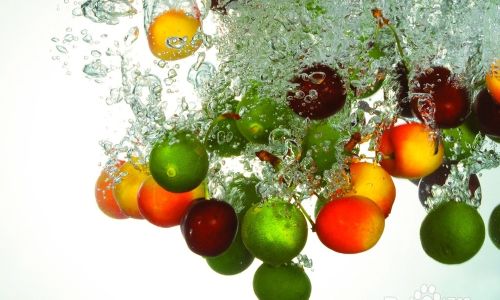
Persimmons (Diospyros kaki), known for their vibrant orange hue, sweet-tangy flavor, and nutritional benefits, are a cherished fruit enjoyed worldwide. Native to China, these fruits have found their way into gardens and markets across Asia, Europe, and North America. However, the delicate balance between their ripening process and storage conditions can significantly impact their shelf life and taste. Improper storage often leads to premature softening, mold growth, or loss of flavor. Therefore, understanding how to scientifically store persimmons is crucial for preserving their natural sweetness and texture until consumption. This article delves into the specifics of storing persimmons, from selecting the right variety to creating optimal storage environments, ensuring that your persimmons remain fresh and delicious.
Understanding Persimmon Varieties
Before diving into storage techniques, it’s essential to recognize the two primary types of persimmons: astringent and non-astringent. Astringent varieties, such as the Hachiya, are high in tannins, making them unpalatable when unripe but sweet and juicy when fully mature. Non-astringent varieties, like the Fuyu, are less tannic and can be eaten while still firm, offering a crisp texture alongside their sweetness.
Selection Criteria
- Maturity: Choose fully ripe persimmons for immediate consumption. For storage, slightly underripe non-astringent varieties or fully ripe astringent ones are preferable as they continue to ripen off the tree.
- Appearance: Look for firm, smooth-skinned fruits with no cracks, bruises, or soft spots. The color should be evenly orange, indicating ripeness.
- Origin: Locally sourced persimmons are often fresher and have traveled less, reducing the risk of spoilage.
Harvesting Techniques
Proper harvesting is the first step in ensuring long-term storage success.
- Timing: Harvest astringent persimmons when they are fully colored but still firm. Non-astringent varieties can be picked slightly earlier when they start to turn orange but remain firm.
- Method: Use pruning shears or sharp scissors to avoid damaging the fruit or branches. Handle persimmons gently to prevent bruising.
- Post-Harvest Handling: Immediately remove any leaves or stems and sort the fruits by maturity and variety.
Pre-Storage Preparation
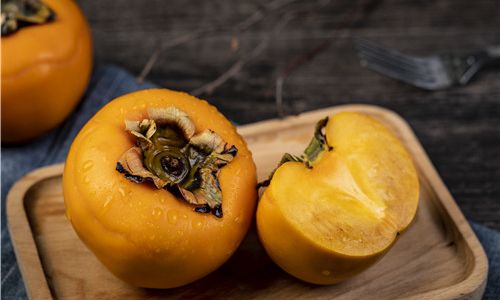
Once harvested, a few preparatory steps can enhance storage outcomes.
- Cleaning: Gently wipe the fruits with a soft cloth or paper towel to remove any dirt or debris without damaging the skin.
- Grading: Separate persimmons based on size, maturity, and variety to ensure uniform storage conditions.
- Cooling: Promptly refrigerate or cool the fruits to slow down ripening and prevent microbial growth.
Storage Conditions
The key to successful persimmon storage lies in creating an environment that balances temperature, humidity, and ventilation.
- Temperature: Optimal storage temperatures range between 32°F to 41°F (0°C to 5°C) for astringent varieties and slightly higher, around 41°F to 50°F (5°C to 10°C), for non-astringent types. Lower temperatures can cause chilling injury, while higher temperatures accelerate ripening and spoilage.
- Humidity: Maintain a relative humidity of 85% to 90% to prevent dehydration and shriveling of the skin. Use humidifiers or wrap fruits in moisture-retentive materials like plastic wrap with punctures for air circulation.
- Ventilation: Ensure good air circulation to prevent mold growth and maintain even temperature throughout the storage area. Avoid stacking fruits too tightly.
Packaging and Storage Methods
Different packaging options cater to various storage durations and conditions.
- Paper Bags: For short-term storage (up to a week), place persimmons in paper bags, which allow for some breathability while protecting against physical damage.
- Plastic Bags: For longer storage (up to a month), use plastic bags with small holes for ventilation. This retains humidity but allows limited gas exchange, slowing ripening.
- Refrigeration: Always store persimmons in the crisper drawer of your refrigerator, where temperatures and humidity are more stable.
- Controlled Atmosphere Storage: Commercial facilities may use controlled atmosphere storage with low oxygen and high carbon dioxide levels to further extend shelf life, which is beyond the scope of home storage but worth noting for large-scale preservation.
Monitoring and Maintenance
Regular checks are vital to catch any signs of spoilage early.
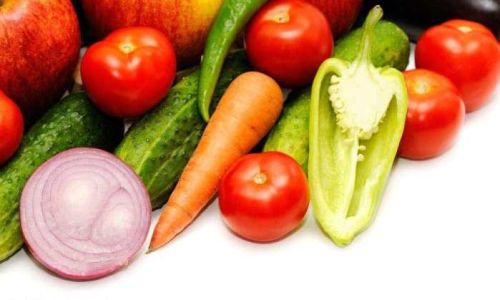
- Frequency: Inspect stored persimmons weekly, removing any that show signs of mold, softening, or decay.
- Rotation: If storing for extended periods, rotate fruits, placing newer batches at the back and older ones at the front for consumption first.
- Condition Adjustments: Adjust humidity and temperature settings as needed based on observed changes in fruit condition.
Handling Post-Storage
When ready to consume, carefully handle persimmons to maintain their quality.
- Thawing: If frozen (not recommended for long-term freshness but useful for short-term preservation), thaw persimmons in the refrigerator to avoid texture loss.
- Eating: Enjoy persimmons as soon as they reach your desired ripeness. They can be eaten fresh, baked into desserts, or used in various culinary preparations.
- Processing: For long-term preservation, consider drying, freezing, or making persimmon puree, jam, or pickles.
Conclusion
Scientific storage of persimmons involves a combination of careful selection, proper harvesting, meticulous preparation, and optimal storage conditions. By understanding the unique needs of different persimmon varieties and adhering to best practices, you can ensure that your persimmons retain their natural sweetness, firm texture, and vibrant color until you’re ready to enjoy them. Whether you’re a home gardener, small-scale farmer, or simply a lover of this delightful fruit, implementing these strategies will elevate your persimmon experience, making every bite as delightful as the first. Remember, the key to successful storage lies in balance—balancing temperature, humidity, and ventilation to create an environment that nurtures, rather than deteriorates, the beauty of the persimmon.

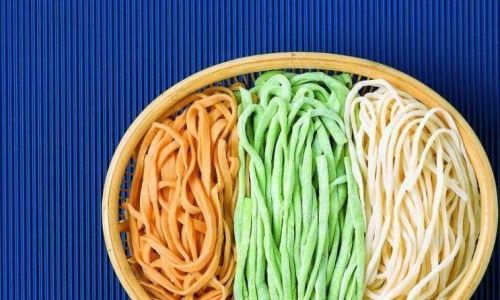


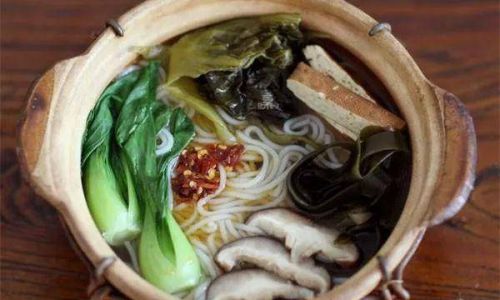

0 comments